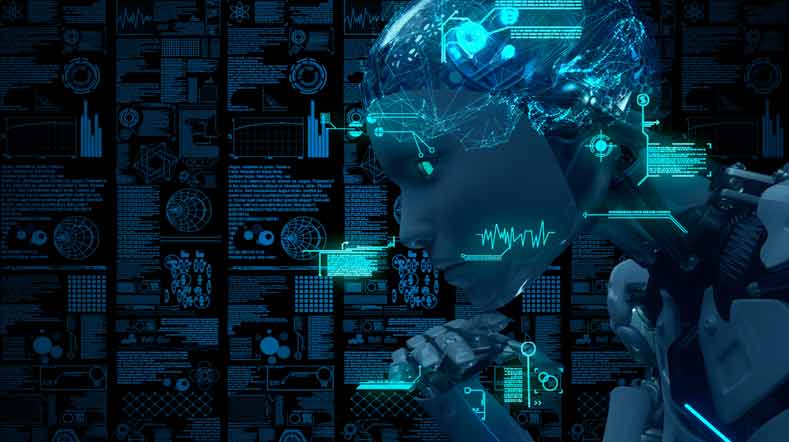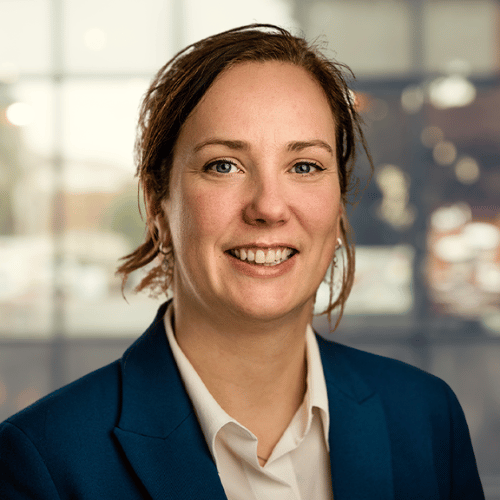Time setters: Pushing the limits of flight simulation with the Desdemona
At TNO, we make a mark on our time. In this series, you’ll meet the TNO employees behind the innovations – the time setters. What exactly do they do, and what impact does their work have on society? In this episode, we talk to time setter Annemarie Landman, scientist human performance in Soesterberg, about pilot performance using the Desdemona flight simulator.
It looks complicated, what exactly is it and how does it work?
"The Desdemona (in English: DISorientation DEMONstrator Amst), is a motion simulator with extensive motion capabilities. It enables us to accurately mimic various aircraft and other vehicles. Right now, for example, you can see the cockpit of an Apache helicopter. The Desdemona allows us to simulate a variety of scenarios, such as a challenging flight through the mountains or navigating in bad weather. This simulator is used for both research and training on spatial disorientation and the perception of human movements.
The Desdemona is more advanced than the average simulator, as it is suspended in three rings. The assembly can move forwards, backwards, up, and down, and it can rotate on a disc to produce G-forces up to 3 g. This provides a realistic representation of sensations during challenging flying tasks."
What is the purpose of this innovation?
"The simulator is used for testing training methods, cockpit procedures, equipment, and displays, among other things. For example, training is being developed to make pilots aware of spatial disorientation in specific scenarios. Spatial disorientation occurs when there is a mismatch between your sense of the aircraft's position and reality. Experiencing this in the simulator helps pilots recognise real-life situations and intervene appropriately. As a trainer, I provide such sessions to military pilots in training.
The Desdemona also enables research into motion sickness, simulating situations such as driving or sailing."
'Spatial disorientation occurs when there is a mismatch between your sense of the aircraft's position and reality. Experiencing this in the simulator helps pilots recognise real-life situations and intervene appropriately.'
Why is this innovation necessary?
"The Ministry of Defence aims to optimise pilot performance. The goal is to prepare professionals in a simulated environment even better for operationally challenging conditions. We also conduct research for other parties, like aviation safety organizations, focusing on improving training for commercial pilots."
Do you have an example of a test?
"We test the impact of various forms of spatial disorientation on mental workload. Does this impact depend on whether you fly the plane yourself, or does it affect the co-pilot too? Do illusions where the cabin moves have more impact, or is the impact greater with purely visual illusions? The theory is that your attention automatically focuses on restoring spatial orientation when disrupted, making other crucial tasks harder to perform. We test this with military pilots, who handle complicated flight maneuvers and numerous challenging additional tasks."
Become a time setter at TNO
Would you like to work on innovations that you can really use to create the future? If so, become a time setter like all TNO employees and make your mark on our time.
Get inspired
GPT-NL boosts Dutch AI autonomy, knowledge, and technology


First overview of cyberattack techniques by AI against AI


Human behaviour and collaboration

Human performance

Team i-Botics qualifies for $10M ANA Avatar XPRIZE Competition Finals


